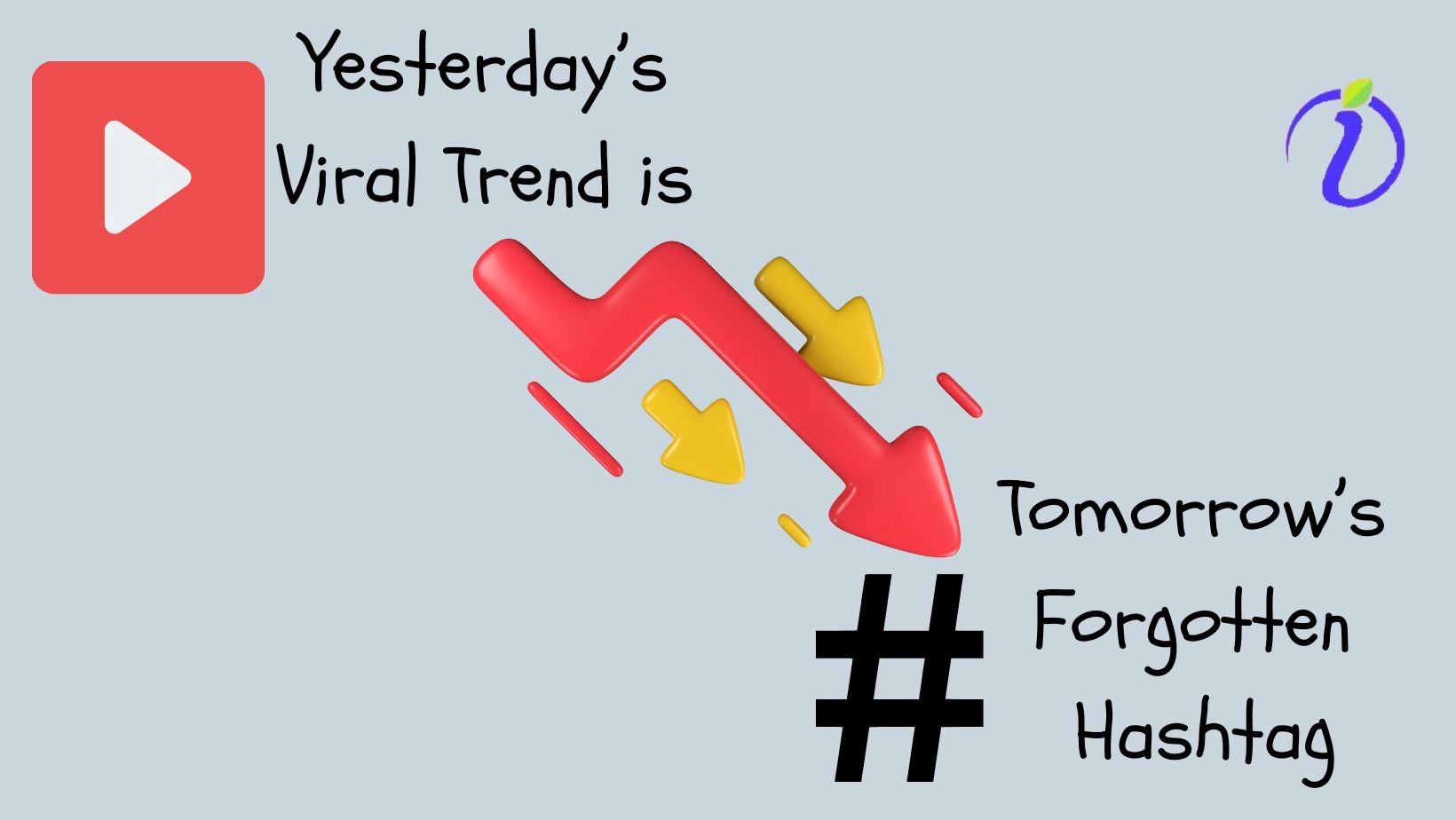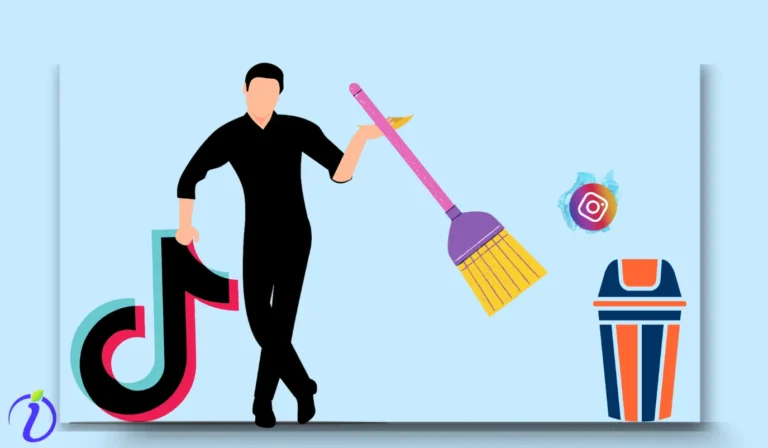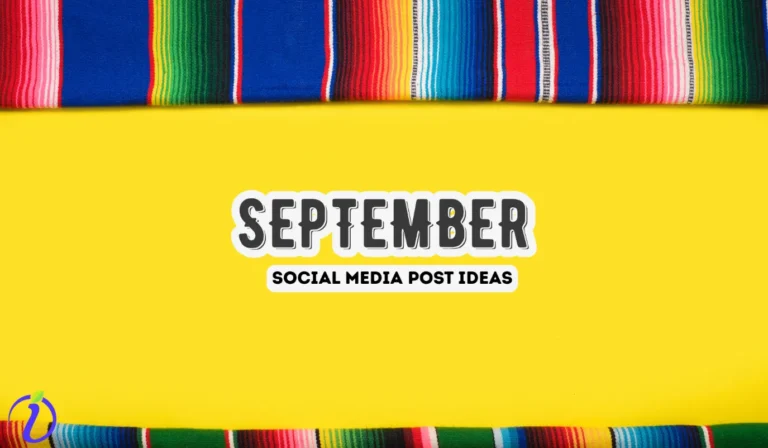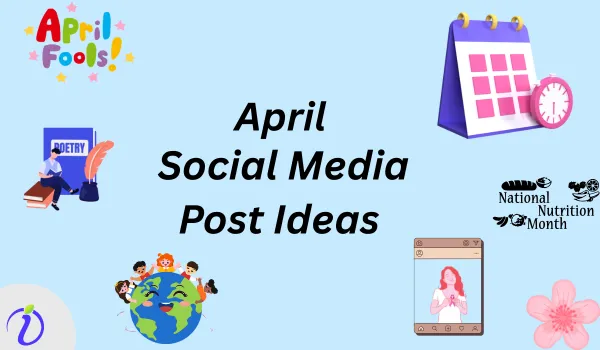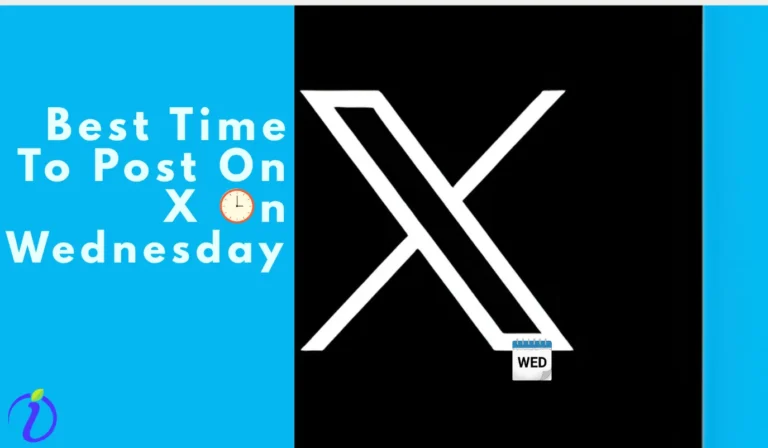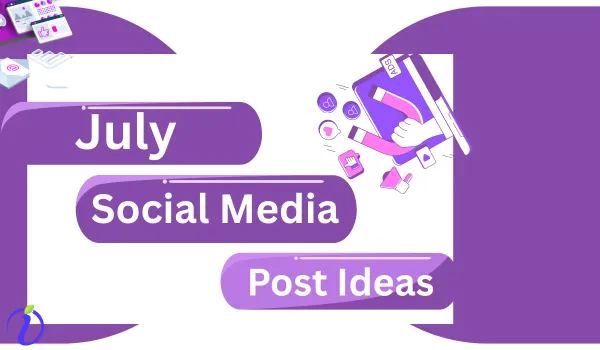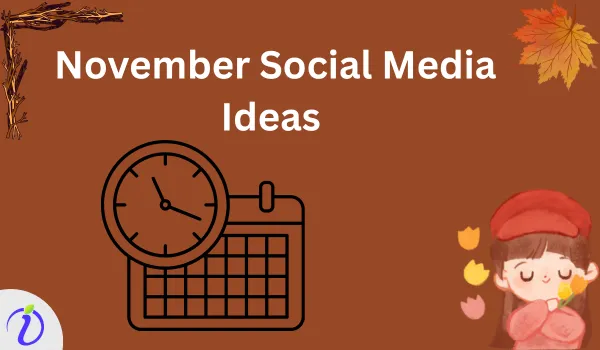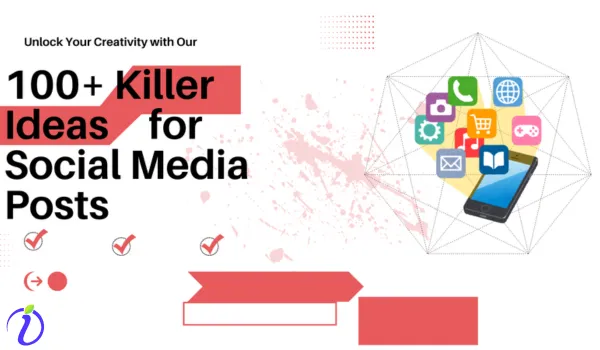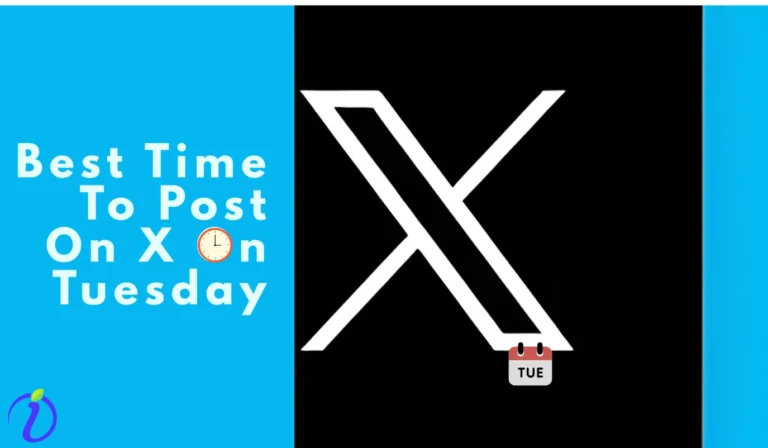Change is the only trend that stays.
“Last Week Tonight with John Oliver” aired a new episode on June 22,2025. The main concept of the episode was the rise of “AI Slop in social media and social media management platforms”. This series has been going strong since 2014, and John Oliver discussed how AI contents have reduced the quality of social media posts.
John Oliver discussed how big companies like META, X are totally riding the AI wave- by tweaking their algorithms to flood our feeds with this so-called slop content. Yes, most viral videos are generated by AI, without any human touch. The result? They are gaining more engagement than celebrity posts.
AI slop is also spreading fake news and stealing creative works from real artists. As we are heading into 2026, social media trends are nothing but a quirky mess of AI-driven content. The boundaries are getting blurrier; we are a little confused about what’s real.
This is the major mid-year breakdown in 2025. It has already changed the perspective of social media posts and here are other trends impacting the social media trends in 2026.
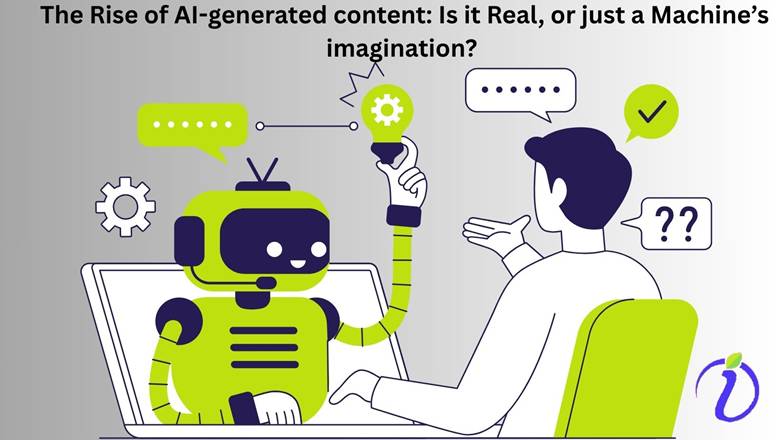
The Rise of AI-generated Content: Is it Real, or Just a Machine’s Imagination?
AI-generated content is the main course in social media feeds. Be it eerily perfect product reviews or heartwarming and well-lit pet videos, AI is churning out content faster than our scrolling speed. Nowadays, it is getting harder to tell if that social media trending post was crafted by a human or a hyper-intelligent algorithm.
Though AI can write witty captions and generate captivating images, where is the soul? The human touch? Social media trending content and normal posts are starting to feel like a giant AI art gallery, and while it’s impressive, it’s also a little… unsettling.
The Decline of Realness in Social Media Trends
Remember when social media was about sharing real moments? Now, it’s about who can outsmart the algorithm. The AI tools are helping influencers and brands to create polished and optimized content. The cost? Authenticity is taking a backseat, and the audience has begun to lose faith on the social media trending posts. If the post is 100% perfect, the audience doubts its reliability.
Social Media Trends: AI’s Meme Revolution
Memes are the internet’s most sacred form of humor. AI has grabbed that apple from the creators. AI is generating memes that are so spot-on and almost too good. But memes are supposed to be messy, chaotic and a little weird, right? Thus, when AI creates memes, it loses its raw human edge.
Social Media Trends: Can Real Creators Break Through
The quirky mess of AI-driven content is not going anywhere, and the only trend that stays is, well, change.
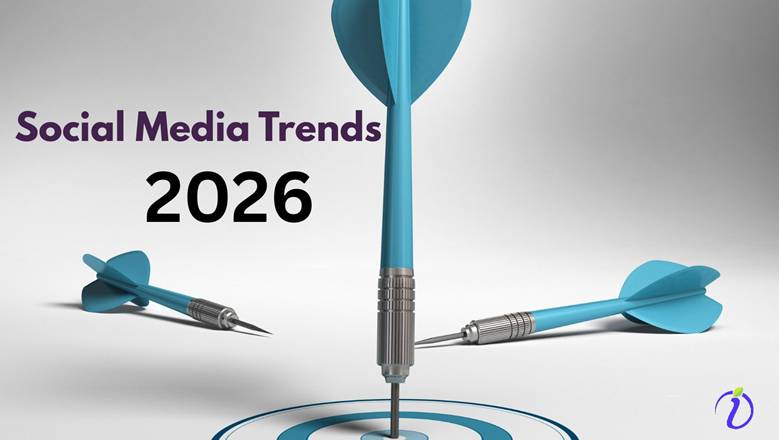
Custom Feeds for Every User: Social Media Trends 2026
In 2026, social media is not for all. Hyper-personalization is taking center stage. Platforms are leveraged with advanced AI and machine learning to create content that feels tailor-made for each user. Be it any feed or ads, AI is making every scroll feel like they were designed just for you.
But How does AI content-personalization work?

A user is watching videos related to viral content regularly over the week. Suddenly, their feed is filled with videos related to only social media trending viral posts. How is this possible? AI analyses the user behavior, preferences, and even small interactions. Thus, after a like or share, their social media is flooded with content related to the user’s interest. This data is the goldmine for brands and companies. Brands can target audiences with laser precision and expect a positive response and traffic.
There is always a fine line between personalization and intrusion. Social media platforms are updating their algorithm to share the best user experience using AI. This has startled users, who are rethinking the reliability of social media.
The challenge for 2026?
Social media must strike a balance between personalization and privacy.
Ethical Implications of AI in Content Creation
AI dominates the content landscape, and as a result, ethical questions are piling up faster than AI-generated memes. How do we ensure that AI is not perpetuating biases or spreading wrong information? Who owns the rights to AI-created content? How can we protect the livelihoods of human creators in an increasingly automated world? We need answers for these in high time.
One of the biggest concerns is the potential for AI to amplify existing biases. If the data fed into the system is flawed, faulty content will be produced. It has already led to a lot of controversies and is still a concern in society.
The second concern is the question of originality. AI can mimic styles, replicate voices, create artwork and leave no space for creativity. Artists, creators and writers are requesting governments to develop strict regulations on the use of AI tools.
In 2026, the conversations around AI ethics are just getting louder and louder. Platforms must ensure that AI is a tool for innovation and not exploitation.
Social Media Trends 2026: Short-form Video Evolution
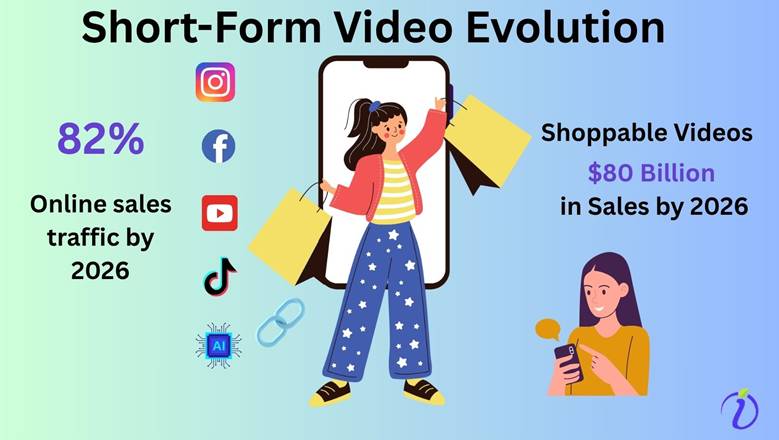
Short-form videos have been gaining popularity since 2019. short-form videos are not just about quick entertainment; they are becoming deeply interactive and hyper-personalized. By 2026, social media platforms like TikTok, Instagram Reels, and YouTube Shorts are expected to dominate, with 82% of all online traffic predicted to come from video content.
What’s driving this short-form video evolution? AI and Machine learning enable creators to create videos specific to individual viewers. By using the correct AI prompt, short videos are created in less than 10 minutes. This type of personalization keeps users engaged longer and drives higher retention rates.
But it’s not just the content that’s changing – features like polls, clickable links, and in-video shopping buttons are turning short videos into full-on experiences.
Short-form videos are becoming a one-stop shop for entertainment, ecommerce, and engagement. Shoppable videos are expected to generate $80 billion in sales by 2026. For brands, this update means rethinking their video strategies.
Social Commerce: Shopping meets Social Media
Social media is the best shopping mall for people in 2025. No need to move shop by shop searching for a particular dress or material, when the click of a button shares you the choices. Social commerce is flipping through the script of traditional online shopping.
By 2026, social commerce is expected to reach $6.2 trillion in sales, growing three times faster than traditional e-commerce.
Social media platforms like Instagram, TikTok, and Pinterest are leading the change with multiple features suitable for online shopping.
In-app checkout, live shopping events, and AI-driven product recommendations are some of the features used extensively by most brands for marketing and sales.
The hashtag #TiktokMadeMeBuyIt trend has already crossed 8.1 billion views, showcasing the platform’s power to drive impulse purchases.
Live shopping is a whole vibe. Live commerce combines the excitement of live events with the ease of online shopping. It is also estimated to account for 20% of all e-commerce sales in China by 2026, with other markets quickly catching up.
Social commerce offers the opportunity to connect with consumers in real time and turn followers into customers in a few taps.
Social Media Trends 2026: Privacy Concerns & the Surge of Decentralized Platforms
Privacy concerns are increasing among users, and they are looking for alternatives to traditional social media platforms. By 2026, decentralized platforms are expected to rise among users. The market has projected growth from $2.1 billion in 2024 to $12.5 billion by 2033. Most of these decentralized platforms are built on blockchain technology, offering users greater control over their data and a more transparent experience.
A survey has revealed that 60% of people under the age of 30 prefer smaller, more private social communities. Bluesky is gaining traction because of the concept of decentralized social media platforms. The search intent has increased by 850% since 2019 for the keyword ” decentralized social media.”
However, these platforms face challenges in scalability and moderation, thus making it difficult to compete with Meta and TikTok. As users demand more privacy and control, these platforms are definitely to reshape social media.
In 2026, privacy is a necessity in social media. Decentralized platforms are leading the charge, where users will truly own their digital identities.
Social Media Trends: Role of User-Generated Content in Authenticity
User-generated content ( UGC ) will be the golden standard for authenticity. by 2026. UGC will officially overtake professionally produced content, with its share of content-driven ad spending dropping from 72% in 2019 to over 50% by 2025.
Why is UGC so influential?
Because it’s real, studies show that 92% of consumers trust recommendations from people they know. Also, 88% still prefer peer recommendations over brand-generated content. UGC is also 8 times more effective than influencer content in influencing purchase decisions. UGC is highly trusted by 70% of Gen Z and 78% of millennials in their buying preferences.
Brands are using UGC to build trust and loyalty. Content created by real customers is found to perform better than brand content. UGC-based ads have achieved 4 times higher click-through rates and a 50% reduction in cost-per-click. Additionally, UGC increases conversions by 161% when included on e-commerce product pages.
In 2026, UGC will hold an important place in determining social media movements. Though algorithms dominate the world, authenticity is still a supreme regime.
Social Media Trends 2026: Metaverse Integration
The Metaverse is becoming the central part of our digital lives. By 2026, the number of metaverse users is expected to surpass 600 million, driven by advancements in generative AI. Metaverse growth is fueled by the ability to merge the physical and digital worlds.
The global Metaverse market is projected to reach $306 billion by 2026, with a compound annual growth rate ( CAGR ) of 44.4%. Notably, 25% of users are expected to spend at least one hour daily in the Metaverse by 2026.
Social Media Trends 2026: Gamification- Enhancing User Engagement
Gamification is transforming social media into a more interactive and rewarding experience. By 2026, the global gamification market is projected to be $38.42 billion, up from $10.09 billion in 2020. This growth highlights the increasing demand for game-like elements in non-gaming contexts, particularly on social platforms.
Why is Gamification effective?
We all love a little win. Whether it is unlocking a badge or climbing a leaderboard, it taps well into our innate desire for achievement and competition. Gamified experience can boost user engagement by 50%, with gamified ads achieving 31% higher click-through rates. Platforms are using features like leaderboards, badges, and interactive challenges to retain users.
What’s Next? Social Media Trends that will Dominate in 2026
Social media platforms are expected to undergo unprecedented changes in 2026. With the rise of Metaverse and the growth of gamification, the opportunities for brands to connect with the audience are limitless. Though AI is predicted to dominate social media trends in 2026, without creativity and human intervention, no brand can have the real win.
So, embrace AI with human touch for the big win. Indzu social will help you take the lead in 2026. Contact us today.

